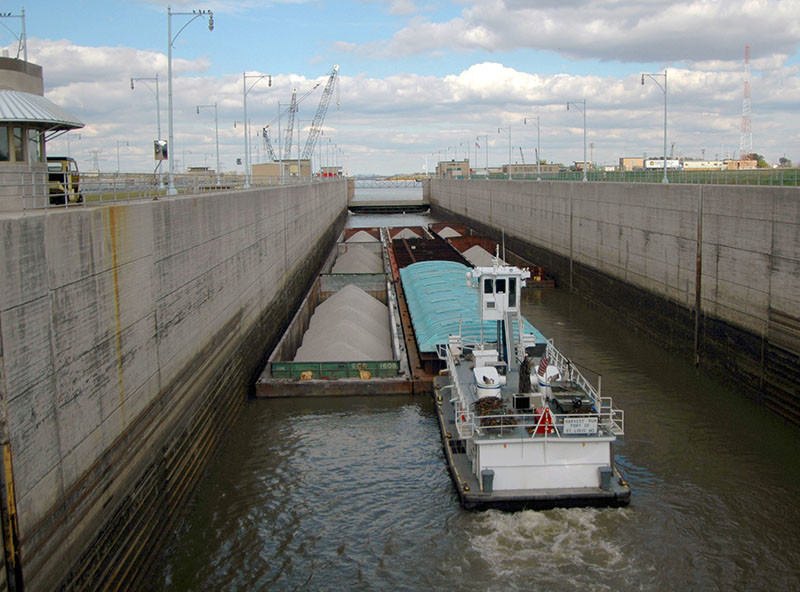For years, I have watched our locks and dams on the inland rivers age and deteriorate.
In the late 1950s and early 1960s the Army Corps of Engineers began modernization projects for locks and dams built in the late 1800s and early 1900s. These projects took years to complete and there are still a few left that need to be modernized on the upper Ohio River. Unfortunately, these modernized locks are now 60 to 70 years old, and our locks, dams and bridges are in serious need of repair and, for some, complete replacement.
A recent Notice to Mariners listed an alarming number of locks and dams that are scheduled to be closed for maintenance. This is serious because it causes major delays in the delivery of materials, fuel, agricultural products, and other important commodities. In the case of a towing vessel with a 15-barge tow, it may mean a delay of two or more days. Such delays are costly. The crew continues to get paid, and the company burns fuel while going nowhere. There are also serious consequences for passenger vessel operators and their passengers. Passengers may not reach scheduled destinations, miss flights, bus transfers, or suffer a variety of other problems.
In Cincinnati there are two infrastructure projects that need immediate attention. Replacement of the Brent Spence Bridge has been planned for 25 years. Opened in 1963, the bridge has been classified as “functionally obsolete.” The Newport, Ky., riverfront is in bad need of erosion protection and has in recent years been left to slide into the Ohio River.
There is good news, however. For the first time in many years there are billions of dollars now available for inland waterways construction and rehabilitation projects. In November, Congress approved the Infrastructure Investment and Jobs Act. The measure provides $2.5 billion in funding for navigation projects, $4 billion for Corps projects such as dredging, and $12.5 billion for bridge rehabilitation and replacement, which includes the Brent Spence Bridge in Covington, Ky.
I am eager for these projects to get started and urge industry leaders to pay close attention to them and the associated funding to ensure that our inland river system get its fair share.



.JPG.small.400x400.jpg)

